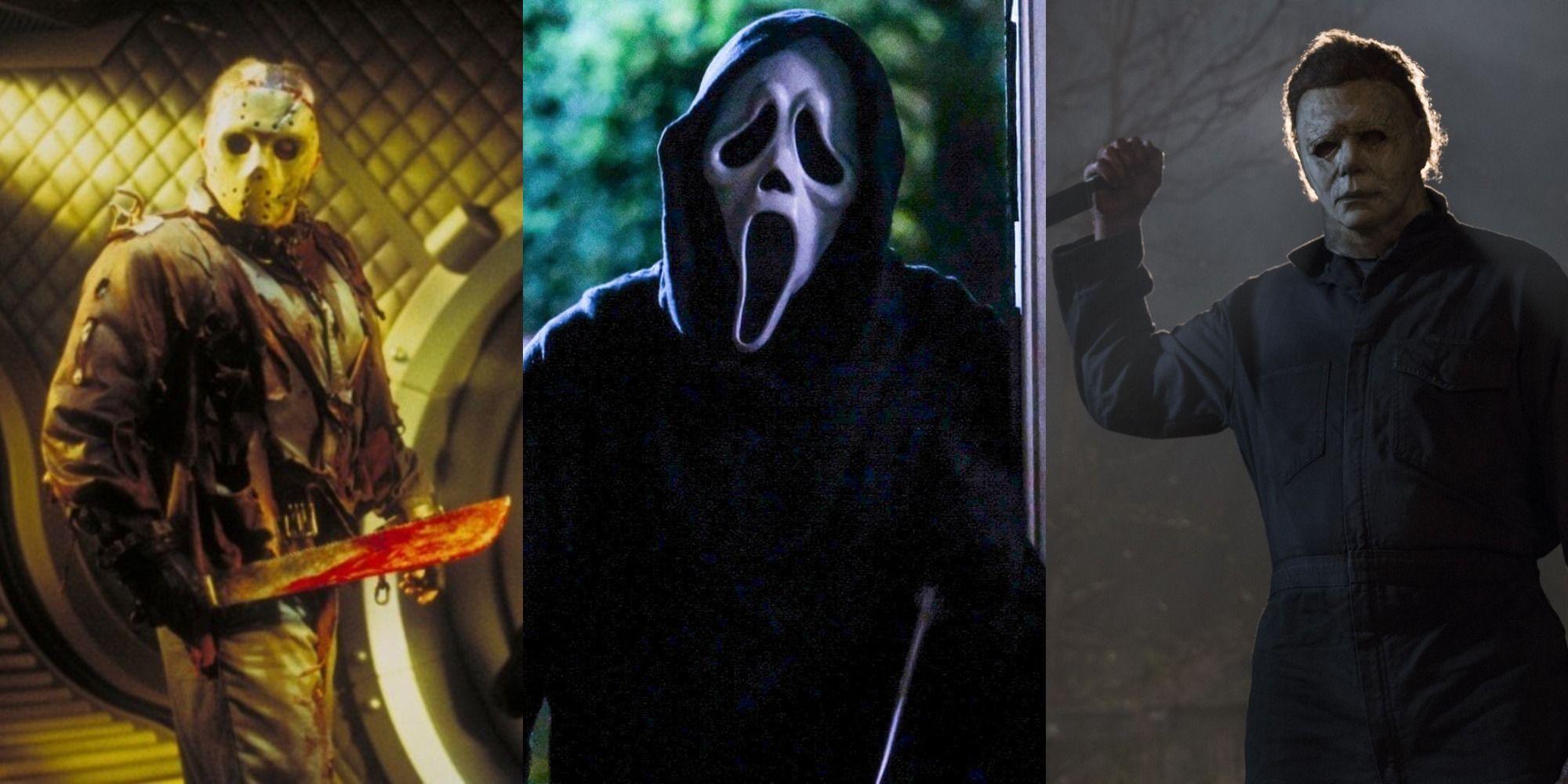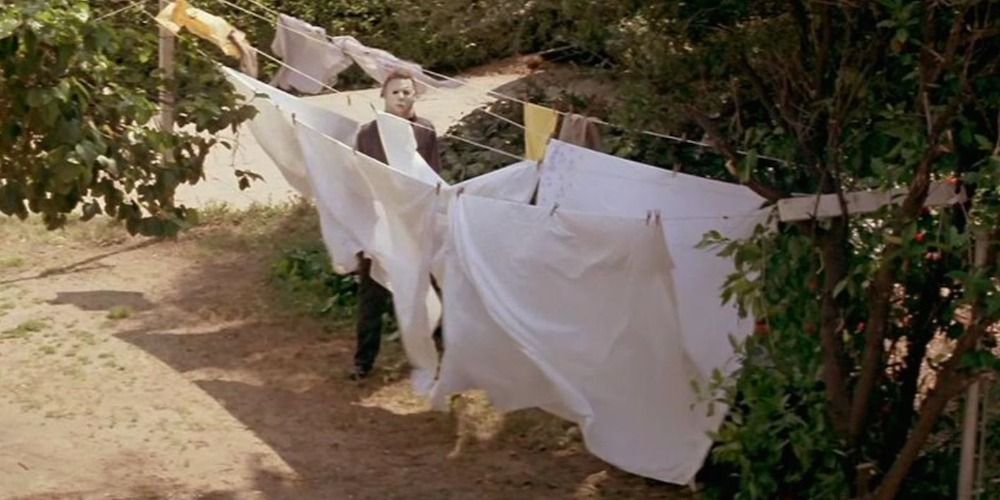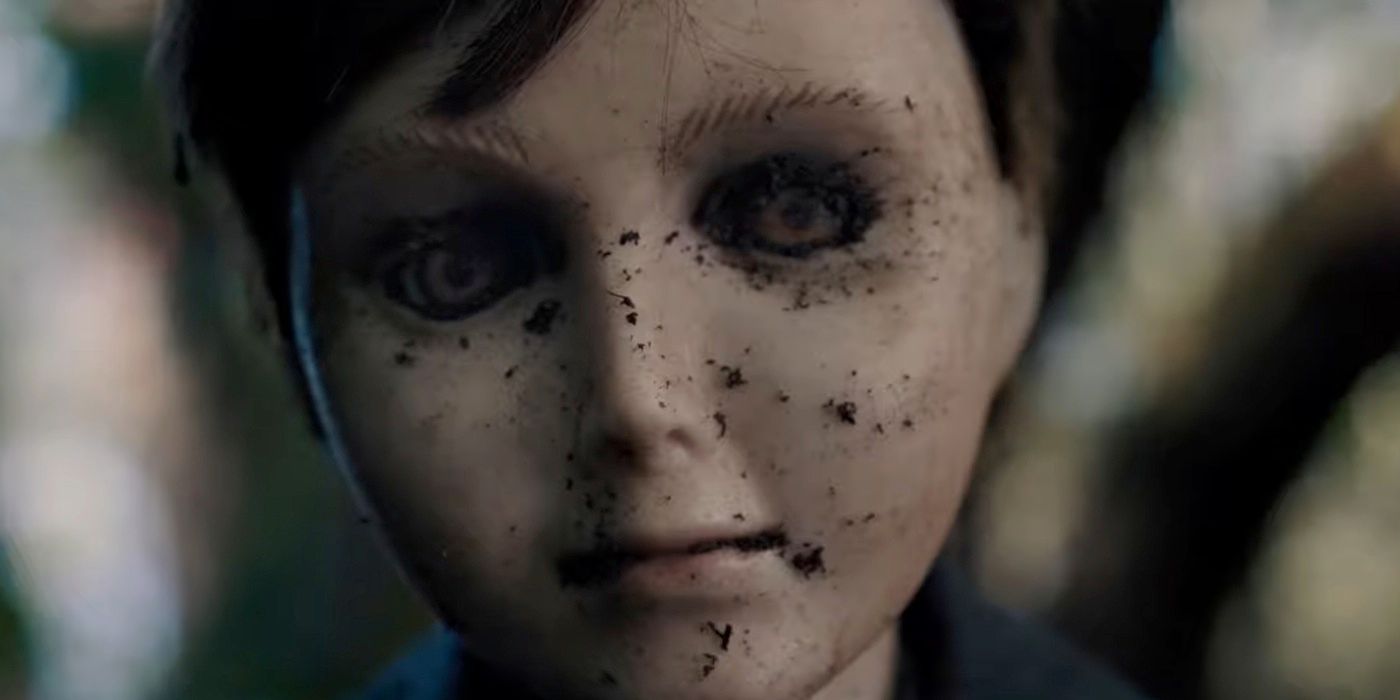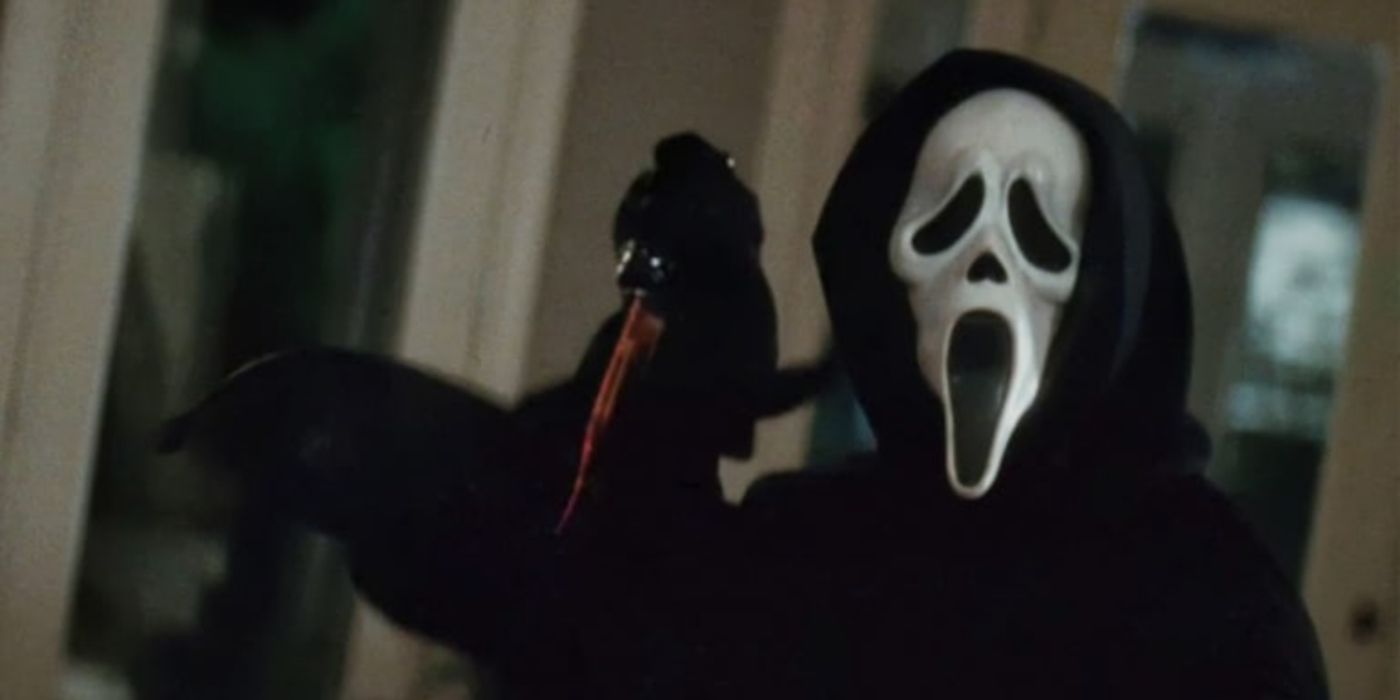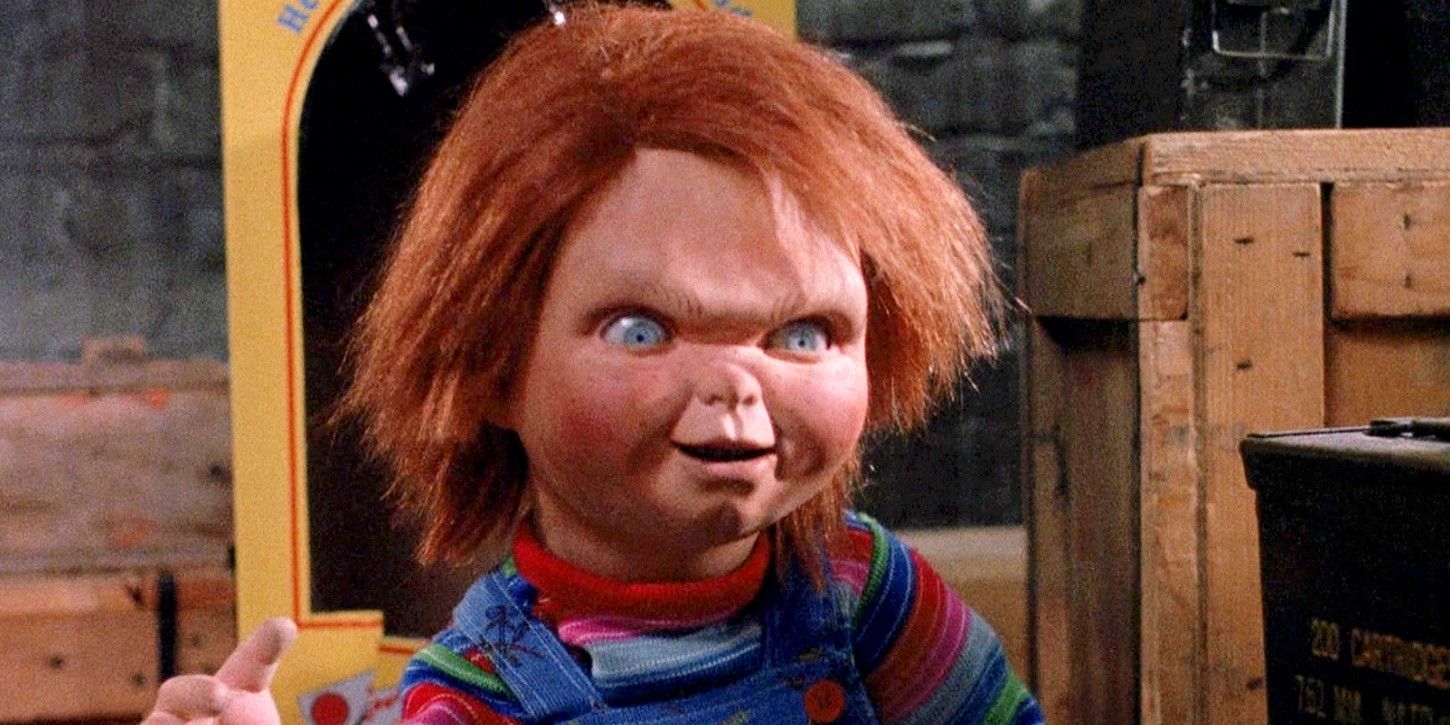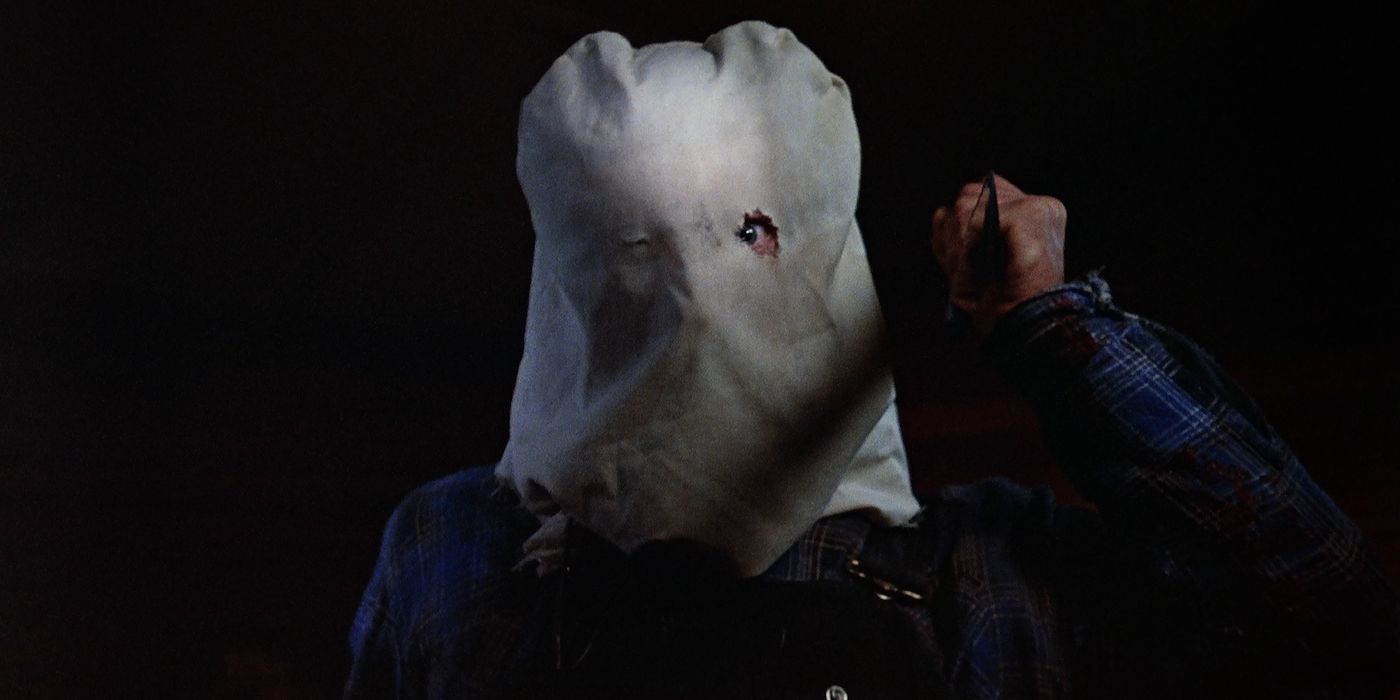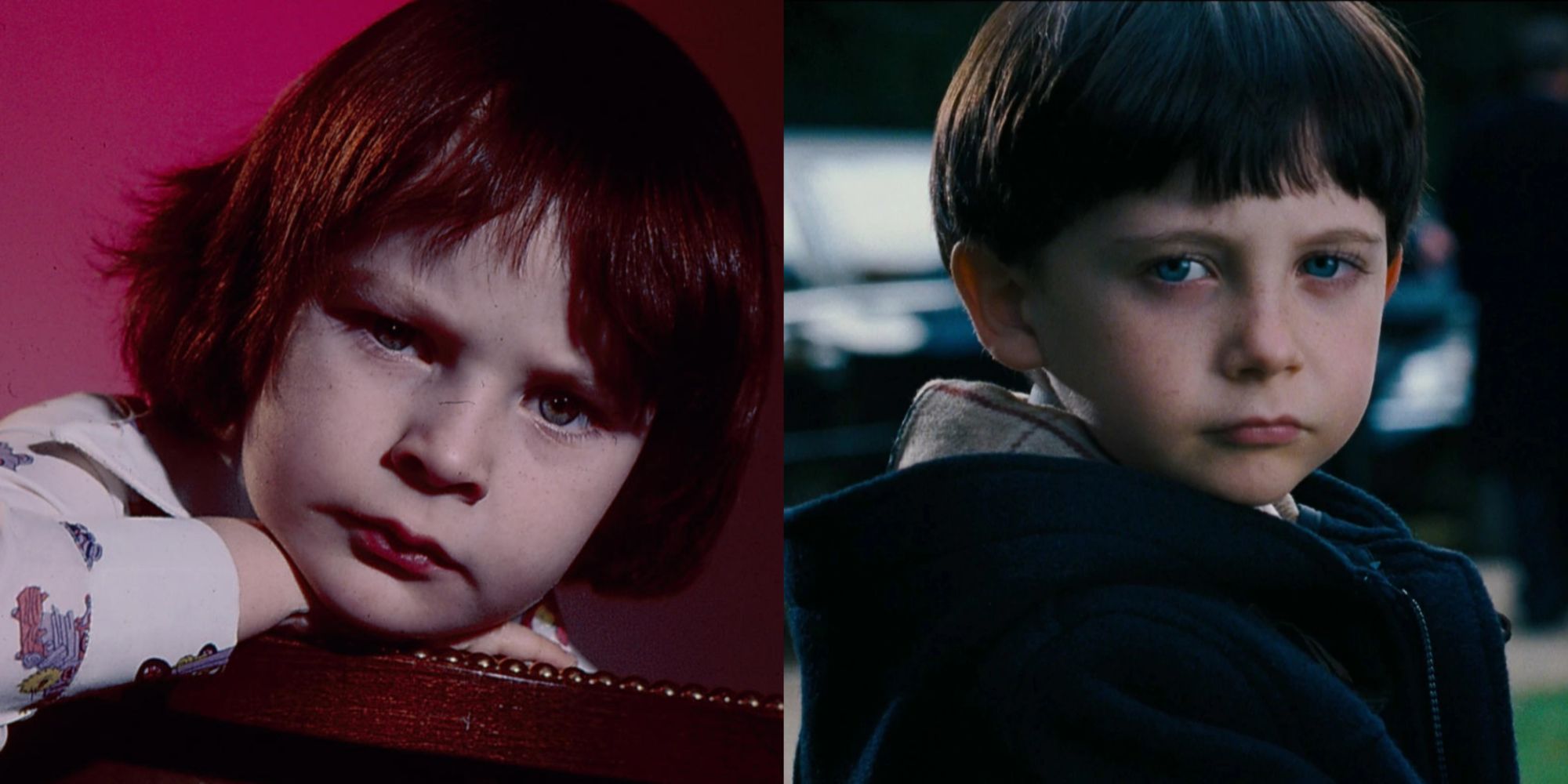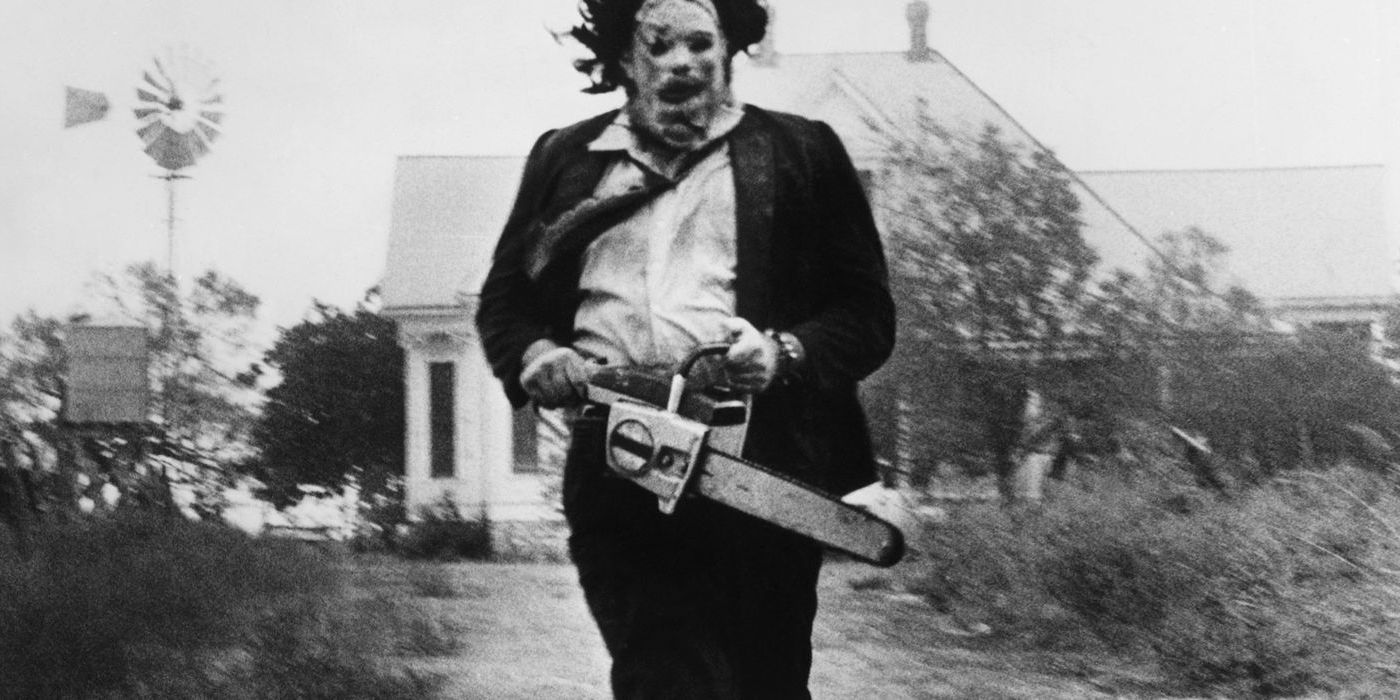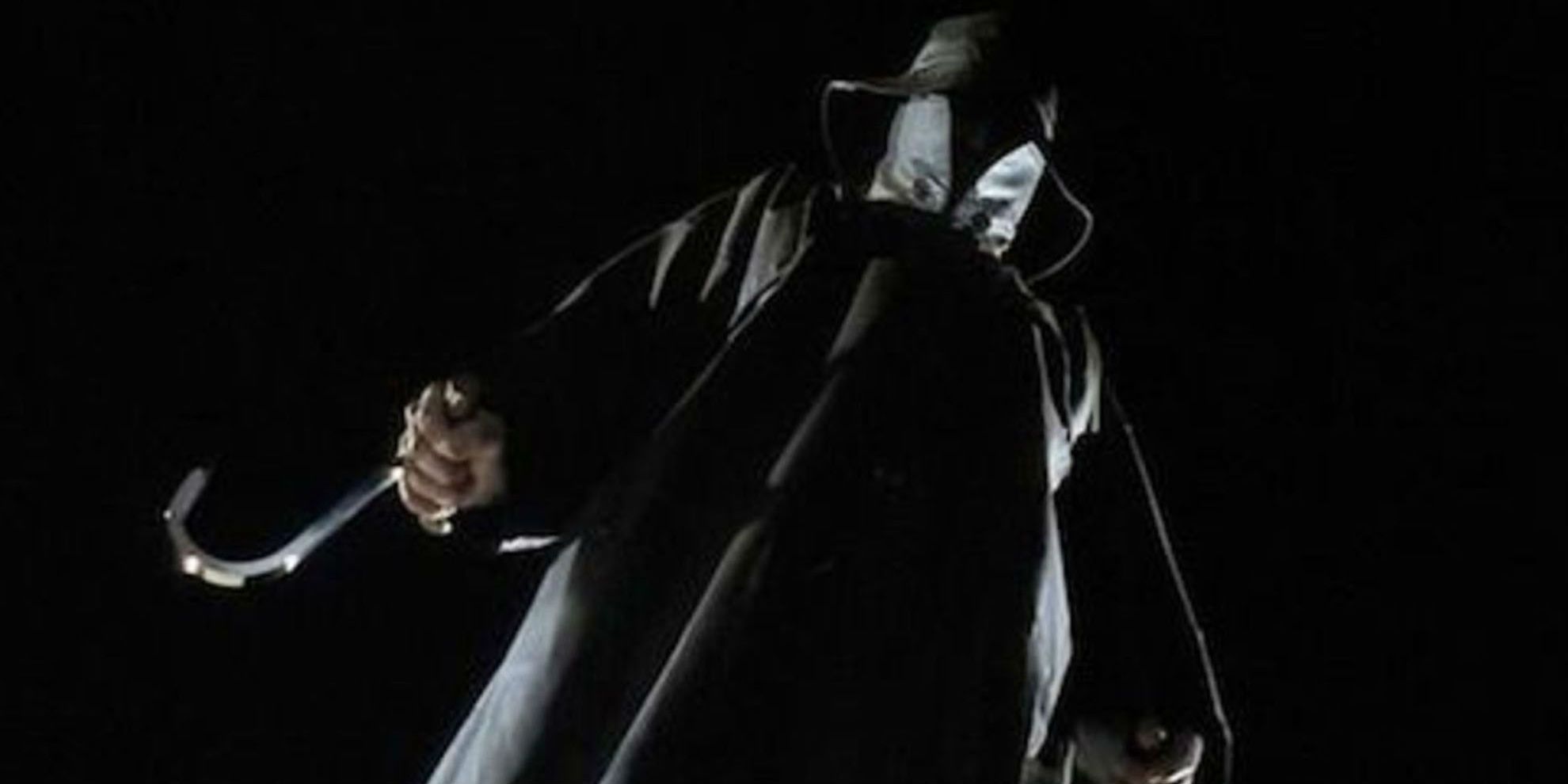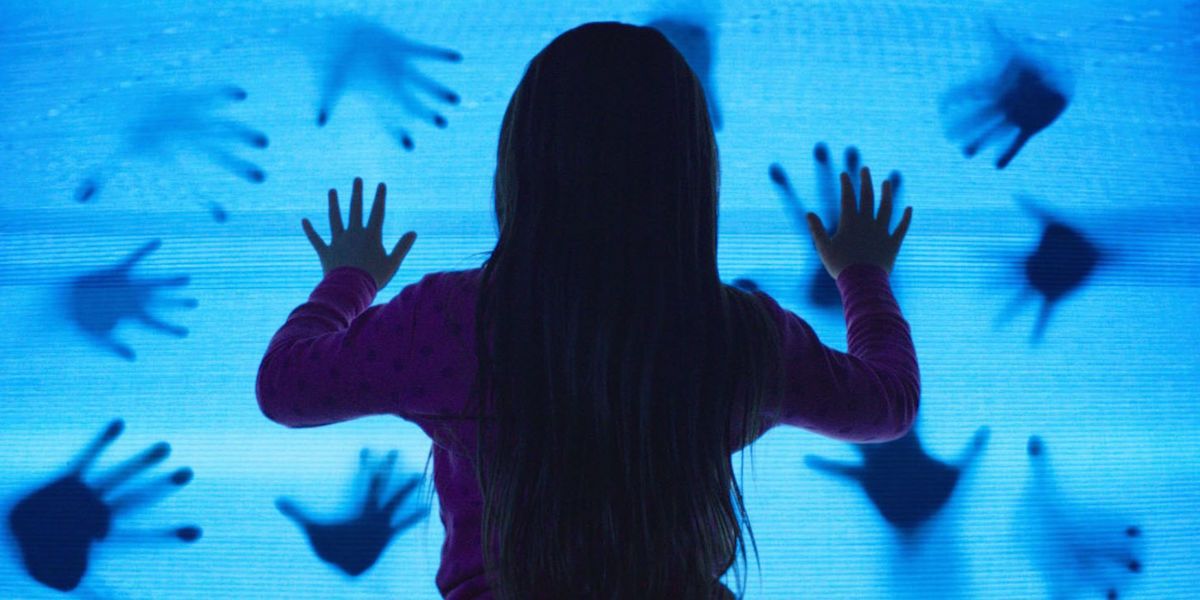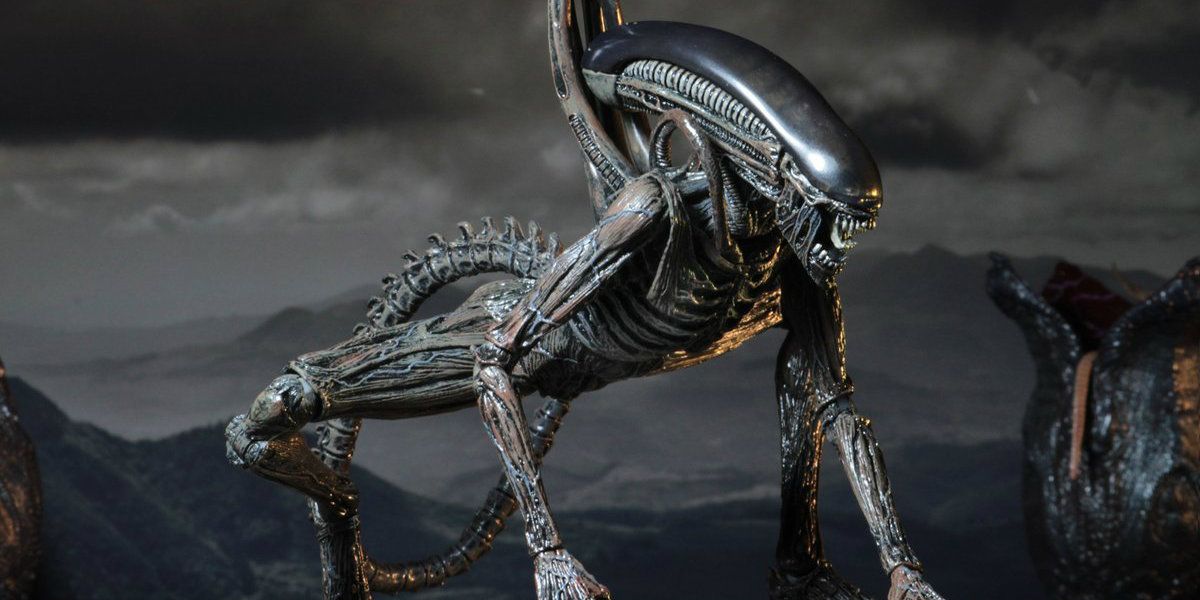As October approaches, movie-goers everywhere are bound to be looking for the best new horror movie of the season. One much-anticipated film is Halloween Ends, which is set to premiere on October 14, 2022. The sequel claims to be the end of the franchise, though the many changes in continuity that the series has already faced suggest that any plot or character detail can be erased for the sake of a new idea or interesting plot twist.
Horror films, particularly in the '80s and '90s, were known for creating endless sequels that changed their characters' background - especially their villains. While that trend has generally improved over time, the last decade's trend of horror television sequels shows that the retconned horror story still has a place in modern culture. Fans might be surprised to know just how many of their favorite horror franchises retconned the main villain's backstory.
Warning: This article includes Major Spoilers for each of the horror movies included.
Halloween
It's not a secret that the Halloween franchise has a convoluted continuity, with four different timelines and an unrelated anthology entry complicating its villain's history. In the first film, audiences knew Michael as a kid who killed his sister and then returned to town years later to go on a killing streak. Why he did that and what he became from there depends on which track fans follow.
According to the first six movies (excluding the third), Michael is Laurie's brother, compelled to kill his family members by an ancient Druid curse. The seventh and eighth movies, as well as the Rob Zombie remakes, accept that Laurie and Michael are related but exclude the curse. Finally, the eleventh through thirteenth films only accept the first film as canon, eliminating Michael and Laurie's sibling status altogether. Michael is a killer, but everything else about his backstory changes depending on the film.
The Boy
The 2016 film The Boy followed a woman who was hired to be a nanny for a porcelain doll named Brahams. When she breaks the rules, mysterious things begin happening, making her believe that the doll is haunted by the spirit of the couple's dead son - only for that idea to be subverted by the reveal that Brahms was actually still alive, and the doll was just a doll.
The film then got a sequel, Brahms: The Boy II, which was extremely poorly reviewed, with just 11% on Rotten Tomatoes. Long story short, a horror film about how the haunted doll wasn't actually haunted produced a sequel wherein said doll actually is haunted.
Scream
The Scream movies have been some of the most consistent slasher films out there, but even they have their failings. In 2000, Scream 3 revealed that Sidney had a secret half-brother who was actually the mastermind behind Billy and Stu killing Maureen. While this was not as big of a deviation as many other films, it did take away from the best Ghostface killers in the franchise.
The combination of Billy's revenge motive and Stu's unclear one, along with both characters' frenetic energy, made the series so enjoyable. By having Roman, one of the blandest killers in the franchise, be responsible for them, the writers took away from the first film without adding much to the franchise as a whole.
Chucky
When Child's Play was first released, it introduced the world to Chucky, a serial killer named Charles Lee Ray who was trapped in the body of a doll. Though the lore gets increasingly complicated as the series devolved into comedy, the first seven films and the television series all agree that the spirit of Charles Lee Ray is the murderer, and the doll is just his vessel.
However, the 2019 reboot of Child's Play, starring Mark Hamill, eliminated the entire spirit possession plot line. Instead, the killing sprees were blamed on faulty programming, making it a story about the dangers of technology, rather than focusing on a serial killer in a doll's body.
Friday The 13th
The Friday the 13th franchise is quintessential to the slasher genre, but it's entirely predicated on a major retcon. Pamela Voorhees goes on a killing spree because her son Jason died at the camp, but the second film reveals that Jason actually survived his near-drowning, with his mother's death prompting his own killing sprees.
After that, Jason's mythos gets even more complicated as he becomes supernatural. Jason Lives shows his resurrection, while Jason Goes To Hell gives him the ability to body jump. The franchise heavily relies on the idea that the sins of the past haunt the present, yet the original sin was retconned out of existence.
The Omen
Damien Thorn was a terrifying child in The Omen, and his abilities led to the deaths of everyone around him. Because his father was high up in the American government, the closing scenes of the first film imply that he was adopted by the President, moving into a critical place of power.
However, the later films in the series seemed intent on ignoring his victories and forcing Damien to rise again through different channels. Then the television series undid his awareness of being the Antichrist altogether. While each iteration asked whether destroying the world was inevitable or not, they kept changing Damien's personality and history, keeping it from being a successful franchise.
The Texas Chainsaw Massacre
The primary antagonist of The Texas Chainsaw Massacre franchise is Leatherface, but his backstory and even name have been retconned repeatedly. In the first, he was an unnamed man who kills and butchers people for his brother to cook. In the sequel, he was revealed to be named Bubba Sawyer, then Thomas Brown Hewitt in the 2003 remake, and Jed Sawyer in Texas Chainsaw 3D.
In addition to his name changing, the various films play with different motives for Leatherface killing, with some showing him doing it under the control of his family, others showing it as the natural consequence of bullying, and still others portraying Leatherface as someone who is reacting out of self-defense. Despite being one character, Leatherface's entire being changes from one movie to the next.
I Know What You Did Last Summer
I Know What You Did Last Summer helped to revitalize the slasher genre in the '90s, and it all started with the surprise reveal that the Fisherman, who the teens thought they killed, actually survived. His name is Ben Willis, and he killed the man he felt was responsible for his daughter's death (and then those responsible for his near-death).
However, the sequels blurred his backstory, making him a garden variety serial killer rather than one who responds to wrong-doing. He's also revealed to have a son, which should have come up in the group's research from the first film, and he manages to come back to life and regrow his hand in the third installment. The Fisherman works as a somewhat understandable avenging force, but everything else about him depends on the film.
Poltergeist
Poltergeist is one of the most famous haunted house films, depicting a family being tormented by spirits because their new house was built on top of a cemetery. A character called "the Beast" is the leader of a massive number of spirits who torment the Freeling family, but when the house is destroyed, the crisis seems to pass.
However, that explanation was too self-contained for a franchise that wanted to expand, so the second movie explained that there was actually a cave under the house where apocalyptic preacher Henry Kane died along with his cult. By changing the backstory, the franchise ends up being more about one persistent villain, instead of an injustice done by building over graves.
Alien
The Xenomorphs from the Alien franchise are completely terrifying in the first few films, but they just become confusing as the lore changes. Theoretically, the species goes from egg to facehugger to chest burster before finally becoming its adult form, which varies depending on its host.
However, their lifecycle changes depending on the movie, with the Aliens in Alien: Covenant crawling out of the chest fully formed, entirely skipping the "chestburster" stage. Similarly, the Aliens: Terrordome comic and 1990 Aliens videogame introduce new varieties of facehuggers that don't impregnate hosts. While the terror of not understanding the species was useful in the first film, the repeated changes to how the species worked in later versions served as retcons that made the species confusing, not frightening.

